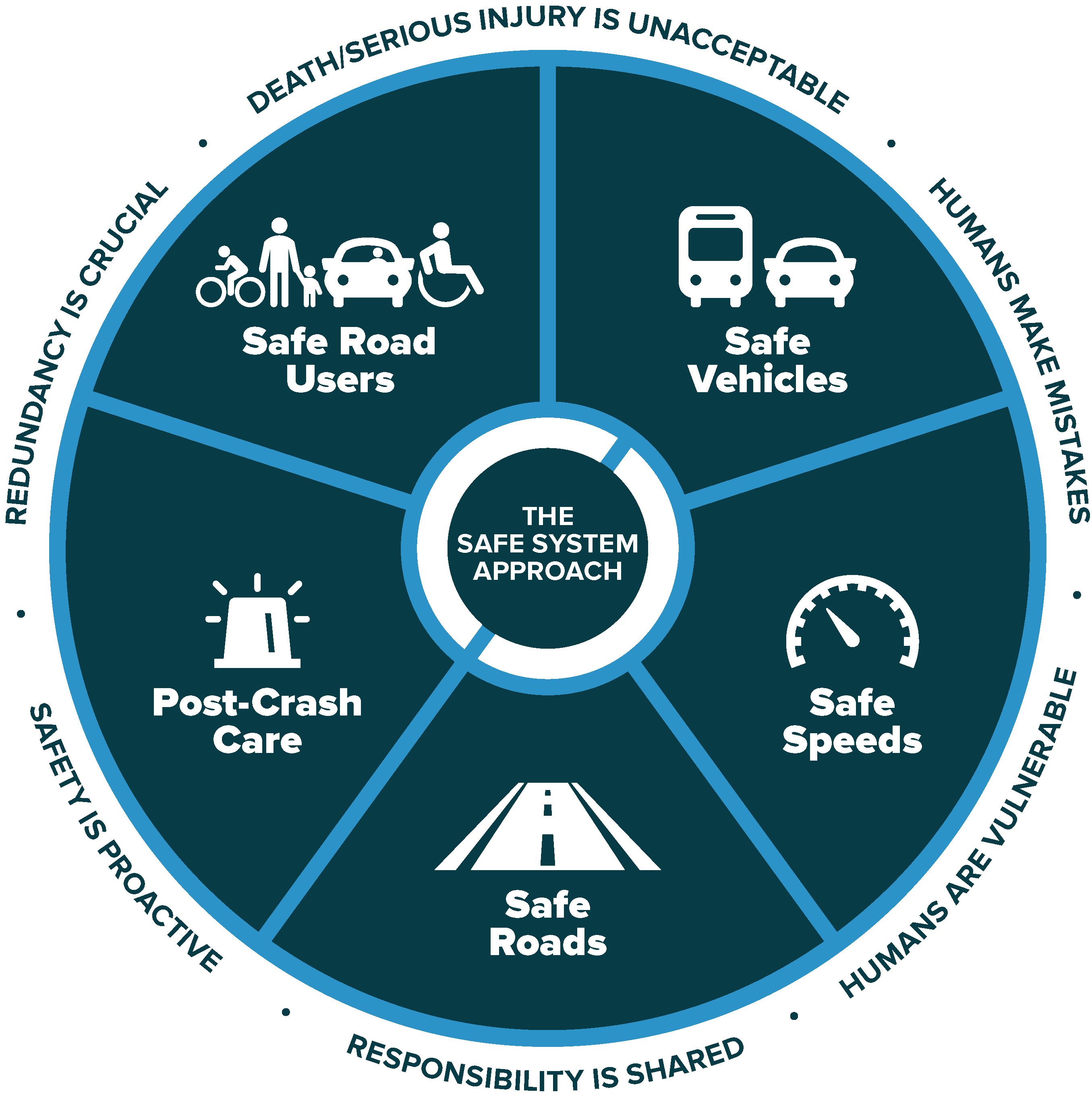New Guidance for a Modern Transportation Network
The Kentucky Transportation Cabinet is excited to announce the development of the new Complete Streets, Roads, and Highways Manual. This manual replaces the previous KYTC Pedestrian and Bicycle Travel Demand Policy implemented in 2002, which provided guidance for bicycle and pedestrian infrastructure. Historically, streets and highways were designed around motor vehicle traffic and did not always consider alternative modes of transportation. Today, our transportation planners and designers approach roadway development holistically, taking the needs of all users into account and construct facilities accordingly.
What is a Complete Street?
A complete street is a street, road, or highway that is safe and accommodating for all expected users. Complete street design varies based on land use, corridor characteristics, and expected user types. Complete streets are for every community, from small towns to dense urban centers. They provide transportation choices for pedestrians, bicyclists, transit users, motor vehicle drivers, freight carriers, and others within the context of the surrounding area. Complete streets in the Commonwealth of Kentucky provide safe, connected, comfortable, equitable, and accessible transportation networks that provide people with the freedom to travel to the places they want to go and allow for the transportation of goods and services. Complete Streets utilize the Safe System Approach, as illustrated in the graphic below.

Who can utilize this?
The manual goes in-depth and covers everything you need to know about Complete Streets development; it offers guidance, recommendations, and resources. This manual is intended to support planners, engineers, transportation agencies, and all communities throughout Kentucky. All in all, it's about safety, equitability, and accessibility for users of Kentucky's multimodal transportation network.
Download the Manual Here
View KYTC's Complete Streets Policy Here
